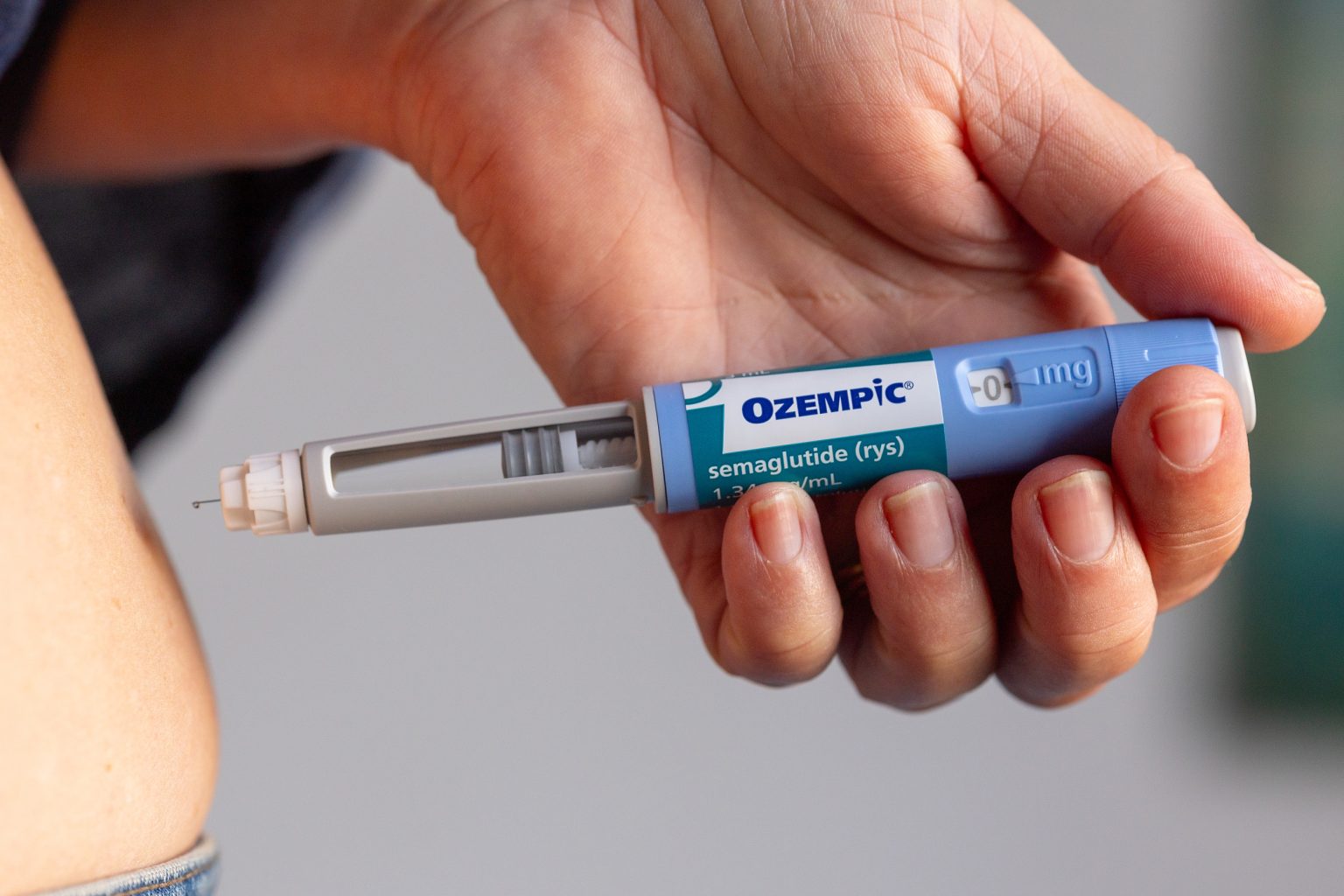The Geography of Weight Loss: GLP-1 Medications Across America
In recent years, GLP-1 medications like Ozempic, Mounjaro, Wegovy, and Zephound have transformed the landscape of weight management and diabetes treatment in America. These drugs have garnered immense attention not just in medical circles but in everyday conversations across the country. According to a recent report by weight loss management platform Levity, interest in these medications varies significantly by geographic location. Orlando, Florida tops the chart with nearly 90,000 searches per 100,000 residents, followed by Miami, Atlanta, St. Louis, and Cleveland. Other cities showing high interest include Minneapolis, Las Vegas, Pittsburgh, Cincinnati, and Tampa. This regional variation paints an interesting picture of how these medications are perceived and sought after differently across the nation. Overall, Google searches for GLP-1 drugs increased by 9.5% over the past year among the 100 largest U.S. cities, indicating a growing national interest despite regional differences.
The surge in popularity of these medications isn’t surprising given their effectiveness for many users. GLP-1 receptor agonists have become what many consider a “game changer” for Americans struggling with obesity or Type 2 diabetes. The appeal is understandable – these drugs offer a promising pathway to significant weight loss and improved blood sugar control when traditional methods have failed. According to Levity’s survey of approximately 1,000 Americans, about 13% of respondents reported trying a GLP-1 medication, with Generation Z being the most likely adopters at 17%. This trend reflects not only a medical intervention but a cultural shift in how weight management is approached. Perhaps most telling is that roughly one in five Americans reported that these medications have influenced their perception of what constitutes a “normal” or “healthy” body, suggesting these drugs are reshaping cultural beauty standards and health expectations beyond their pharmaceutical impact.
Despite their popularity, GLP-1 medications remain controversial among many Americans. The survey revealed a significant skepticism, with 73% of respondents viewing these drugs as a “shortcut” to weight loss rather than a legitimate medical intervention. More than half (52%) characterized them as merely a “temporary fix” rather than a sustainable solution for long-term health. This perspective aligns with comments from health experts like exercise physiologist Tom Holland, who notes that humans often seek “the quickest fix with the least amount of effort, regardless of the costs.” This tension between medical efficacy and cultural perception highlights the complex relationship Americans have with weight loss solutions – even as millions turn to these medications, many still question whether pharmaceutical interventions represent an authentic approach to health or merely a technological bypass of necessary lifestyle changes.
The widespread adoption of these medications comes with important medical considerations. While GLP-1 drugs have demonstrated impressive results for short-term weight loss, they bring a substantial list of potential side effects. Common reactions include nausea, vomiting, and diarrhea, while more serious complications can include stomach paralysis in rare cases. Recent research has identified additional concerns, including elevated risks of pancreatitis and kidney conditions, such as kidney stones. These emerging findings underscore the importance of medical supervision and highlight why these medications remain prescription-only despite high demand. For many patients, the decision to use GLP-1 medications involves weighing significant health benefits against potential side effects, making the choice more complex than media coverage sometimes suggests. This risk-benefit analysis varies widely depending on individual health conditions, explaining why medical professionals emphasize personalized approaches to these medications.
The market dynamics surrounding GLP-1 medications reveal interesting patterns about American healthcare consumption. Data scientist Hamilton Noel has characterized the massive demand as speaking to the “desperation consumers are experiencing.” This desperation has manifested in consumers continuously checking online marketplaces like Amazon despite awareness of potential side effects and intermittent supply shortages. The persistence of this demand despite obstacles suggests these medications are fulfilling a deeply felt need among certain populations. The geographic concentration in cities like Orlando, Miami, and Atlanta may reflect regional differences in healthcare access, obesity rates, or cultural attitudes toward pharmaceutical interventions for weight management. These regional variations provide valuable insights for healthcare providers and policymakers considering how to address obesity and diabetes across diverse American communities.
Looking toward the future, the long-term implications of widespread GLP-1 adoption remain uncertain. While obesity levels may decline in the short term due to increasing use of these medications, questions persist about sustainability, long-term health effects, and potential rebound weight gain if medications are discontinued. The identification of new potential risks, such as kidney and pancreatic complications, underscores the evolving understanding of these relatively new treatment options. As more Americans incorporate these medications into their health regimens, medical researchers continue monitoring outcomes to better understand their place in comprehensive healthcare approaches. The cultural impact may be equally significant, potentially reshaping societal expectations around body size, weight management approaches, and the role of pharmaceutical interventions in addressing chronic conditions. Whether GLP-1 medications represent a temporary trend or a permanent shift in obesity treatment will likely depend on long-term efficacy data, emerging safety profiles, and the evolution of alternative approaches to weight management.














